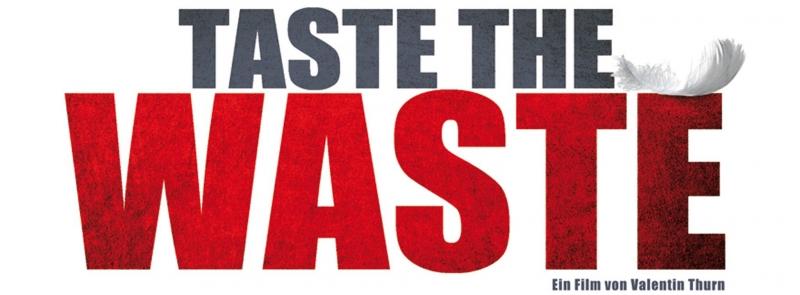Taste the Waste
Submitted by dilemma on

Why do we throw away so much food?
And how can we stop this kind of waste?
One third of the food produces in the world for human consumption get lost or wasted every year. Only in EU is around 90 millions of food yearly thrown away.
Taste the waste is a documentary movie by german documentarist Valentin Thurn. The aim of the movie is to show vicious circle of the systematic production that leads to the food waste.
The documentary starts at the end of the circle – two guys are hunting food from the containers behind supermarket in the middle of the night. They don’t dumpster diving because of the need but because they do that as a small contribution to the reducing consumer demand. The amount of the food they can find in the trash is unbeliaveble. It’s mainly fresh vegetables and food that is still before expiration date. Sometimes is just ripped package, misprinted label or food which have to be throw because of the new good in a shelves. 90% of their food consume comes from the trash and finding the food in the trash gives them freedom and creativity in kitchen because you have to cook from what you have.
It’s a supermarket’s strategy to keep only fresh and nice food because it increases the sales. So all the food that don’t meet the standarts are thrown away even it’s still good.
It’s usually hard to predict what is going to be sold and what is not especially when you have huge variety of products. And customers usually don’t buy food which is close to expire date. The principle of precaution is getting hard and that’s why all the best before dates are getting shorter and shorter. Ten years before the mineral water had shelf life of one and half year. Today it’s only six months.
Average supermarket produces 500 – 600 tons of food waste per year.
It’s just not a waste of food but also waste of all the effort and work contributed along the supply chain.
The farmers are pushed to produce vegetables and fruits according to the standarts the retailers determine. For example no one wants to buy curved cucumber because straight cucumbers are easier to store because they fit better to the boxes. Therefore most of the curved cucumbers are thrown away and moreover some people don’t even know that curved cucumbers exist. But they do and it’s even natural for cucumber to be curved not mention that they have same nutrition and quality value as a straight cucumber.
We could continue with all these ridiculous standarts and scales – apples can’t be smaller than 55mm, tomatoes have to have exact red color according to the color chart etc. It’s all about commercial quality. Reatilers define and the agriculture has to accept and follow it.
But it’s not a problem just in supermarkets. Average household throw away a lot of food not because it’s old but because they just don’t need it anymore. Lot of people would deny this fact because it’s still morally uncortable to talk about throwing away a good food but it’s a fact and people throw away more food than they could admit.
Reducing food waste to the half would prevent as much climate effectivity as taking every other car in the world. It’s not just because agriculture is responsible fot more than a third of the greenhouse gases worldwide but also because whenever food rots away, it produced methane that affect climate 25 times more than carbon dioxide.
Blanka Novotná for Media Ethics SS2014




